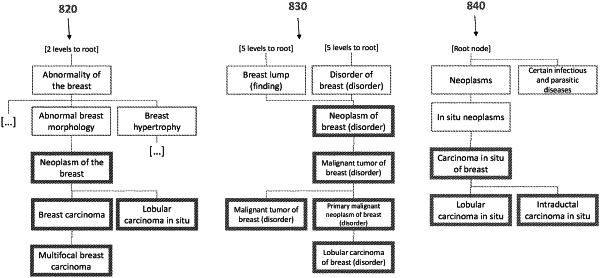| CPC G06N 20/00 (2019.01) [G06F 16/248 (2019.01); G06F 16/2471 (2019.01); G06F 16/256 (2019.01); G06N 5/022 (2013.01); G06N 5/04 (2013.01); G06Q 50/01 (2013.01); G16H 70/60 (2018.01); G16H 80/00 (2018.01); H04L 67/306 (2013.01); G16H 10/60 (2018.01); H04L 67/01 (2022.05); H04L 67/10 (2013.01)] | 15 Claims |

|
1. A computer system for sharing data, comprising:
at least one processor; and
at least one non-transitory memory, the at least one non-transitory memory storing instructions that, when executed by the at least one processor, cause the system to perform operations comprising:
maintaining or accessing a federated system of datastores connected via a federated database layer that employs wrappers to wrap around at least one respective datastore or APIs associated with the at least one respective datastore to integrate the at least one respective datastore into the federated system, wherein two or more datastores connected via the federated database layer are located in different jurisdictions or geographic regions and subject to different data-sharing regulations based on their respective jurisdictions or geographic regions, wherein the federated system restricts the data from being transferred between jurisdictions or geographic regions based on the different data-sharing regulations;
receiving a query from a user of a federated system of datastores connected via a federated database layer, the query comprising at least an indication of a genetic variant;
in response to the query, performing a federated search in real-time through the federated database layer on the datastores participating in the federated system;
in response to the federated search, receiving count data generated separately at some or all of the datastores participating in the federated system such that each responsive datastore provides a respective count, wherein each respective count corresponds to a number of distinct instances of a respective measurement corresponding to the genetic variant stored within the respective datastore;
automatically aggregating the count data regarding the genetic variant generated by datastores connected by the federated database layer into a single query response, wherein the step of aggregating the count data utilizes current aggregate statistics within the federated system and wherein the single query response comprises a qualitative indication of pathogenic or benign or a quantitative indication of a likelihood of pathogenicity of the genetic variant; and
outputting the single query response to the user.
|